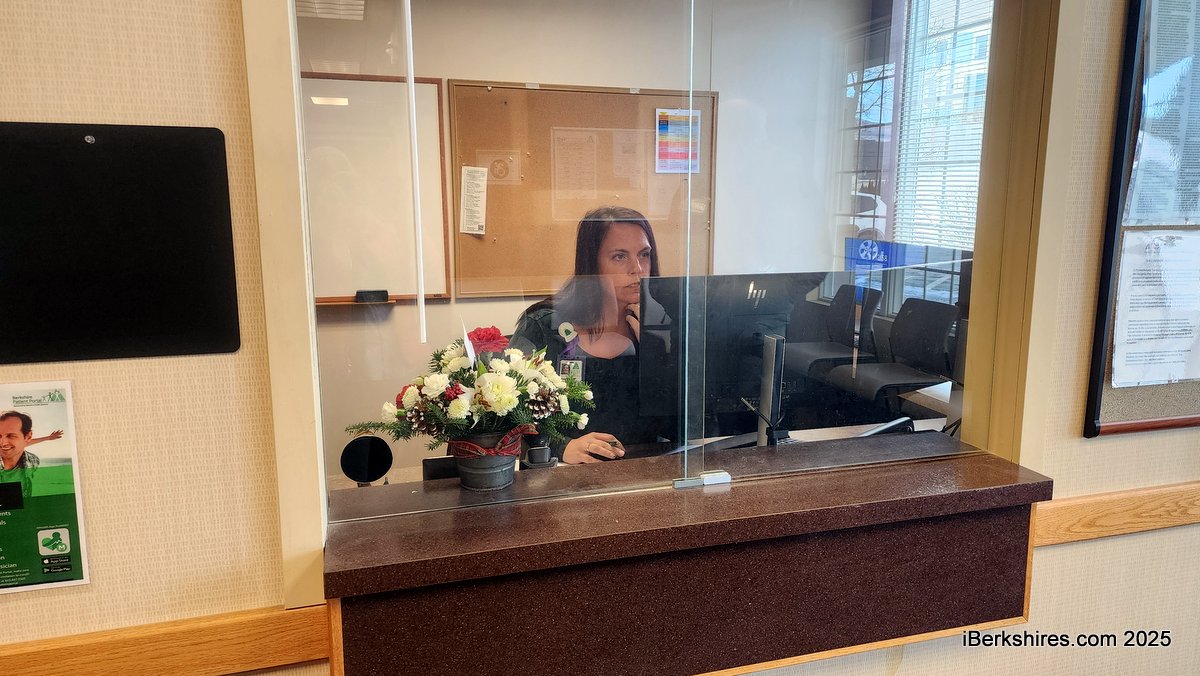Letters: HooRWA Supports Spruces Purchase
 |
This letter to the Wiliamstown Selectmen was also submitted as a Letter to the Editor:
Like many in our community, the directors of the Hoosic River Watershed are concerned about the future of the residents of the Spruces in light of the likelihood of more extreme weather event in the future.
We appreciate the selectmen's efforts to respond to this problem. Therefore in our Dec. 3, 2012, meeting, the board members present adopted the following resolution.
"The board of the Hoosic River Watershed Association supports Williamstown's efforts to purchase The Spruces and find safer housing for the present residents."
The Spruces Mobile Home Park has been subject to flooding of various kinds since its development, most recently by Tropical Storm Irene in August 2011. As noted in our State of the River Conference, "Irene + 1," this past September (and available at HooRWA.org), the Hoosac Valley was fortunate during that event to receive far less rain than areas to the north and east of us, yet the damage to the mobile home park was extensive. Thus while it did not require a truly major event to put at risk anyone living on that site, the predicted result of global climate change is more catastrophic storms.
Rivers respond to heavy precipitation by overflowing onto their flood plains, as was seen when the South Branch of the Hoosic covered farm fields and McCann School athletic fields. That reduced the surge of water heading through North Adams. The flood chutes in that city, however, are designed to speed water through the area, thereby creating great problems downstream, such as at The Spruces and the Williams College athletic fields, which in turn provided relief to areas farther downstream. Athletic fields and farm fields provide a relatively benign use of flood plain. Human habitation does not.
Benign uses for The Spruces flood plain include those sought by the town: "agriculture, active and passive recreation, sports fields, a bicycle path and conservation land." HooRWA applauds the town, in addition, for its efforts to find safer housing for those whose lives have been disrupted.
John Case
Secretary for HooRWA
Dec. 10, 2012
Tags: climate change, HooRWA, Hoosic River, Irene, letters to the editor, Spruces,
















